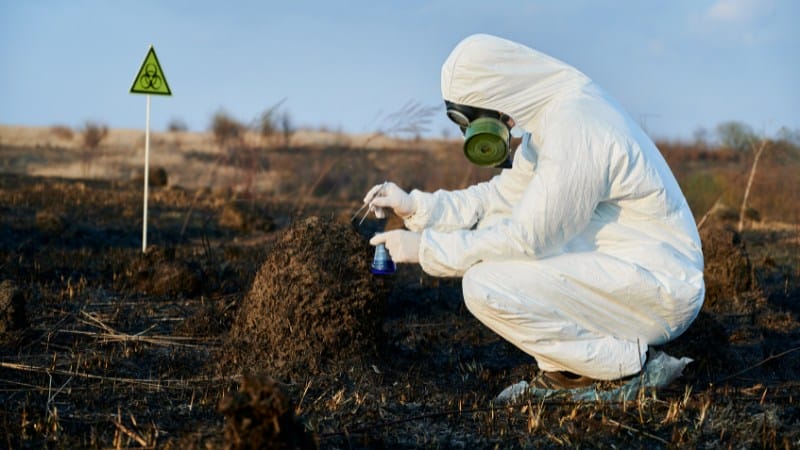In a pivotal leap forward, the Manhattan Project and Cold War-era nuclear research waste cleanup at Los Alamos National Laboratory is currently underway. However, as reported by the Government Accountability Office (GAO) on Wednesday, there is a call for improved cost tracking and progress monitoring due to a surge in expenses over the past seven years.
According to the GAO, the U.S. Energy Department should adopt a more encompassing strategy for prioritizing the decontamination activities at the New Mexico lab. However, it acknowledged that the department has made significant strides. The report was issued as federal officials convened a forum on Thursday to discuss contamination remediation in Los Alamos.
According to APNews, Ike White, head of DOE’s Office of Environmental Management, utilized the recent release of the “Oppenheimer” film as an opportune moment to discuss the monumental legacy emanating from the dawn of the atomic age. Speaking at the historic Fuller Lodge in Los Alamos, White underscored that environmental cleanups represent the federal government’s third-largest liability, trailing only Social Security and Medicaid.
“The task at hand is substantial, complex, and technologically demanding,” White affirmed. “Given the national reach of this program, we feel a profound responsibility to ensure its success.”However, the GAO advised better oversight by the Office of Environmental Management, emphasizing the necessity to finalize a performance baseline for the cleanup contractor.
This step will enable the office to monitor ongoing costs, work scope, and progress more efficiently.Concurrently, Michael Mikolanis, head of DOE’s environmental management office at Los Alamos, confirmed his team’s commitment to a comprehensive, long-term vision for the remaining cleanup.
This vision, which will prioritize community and stakeholder engagement, will be shaped through several meetings with state regulators, local Native American community leaders, and others.
While addressing concerns about timeline and waste amount, Mikolanis unveiled plans for an interactive map this fall. The tool will offer estimates of the waste currently stored above ground and that which is still buried.
Echoing the GAO’s recommendations, White acknowledged that while work prioritization is crucial, achieving optimal efficiency shouldn’t be the sole focus. He highlighted the importance of transparency and community inclusion in determining the direction of the cleanup effort.
Despite certain challenges, optimism remains high, with the Department of Energy envisioning a completion of the remaining cleanup activities by 2043, at an estimated cost of about $7 billion. This daunting endeavor reflects the U.S. Energy Department’s steadfast dedication to environmental sustainability and public health protection.
More inspiring green news similar to this:

